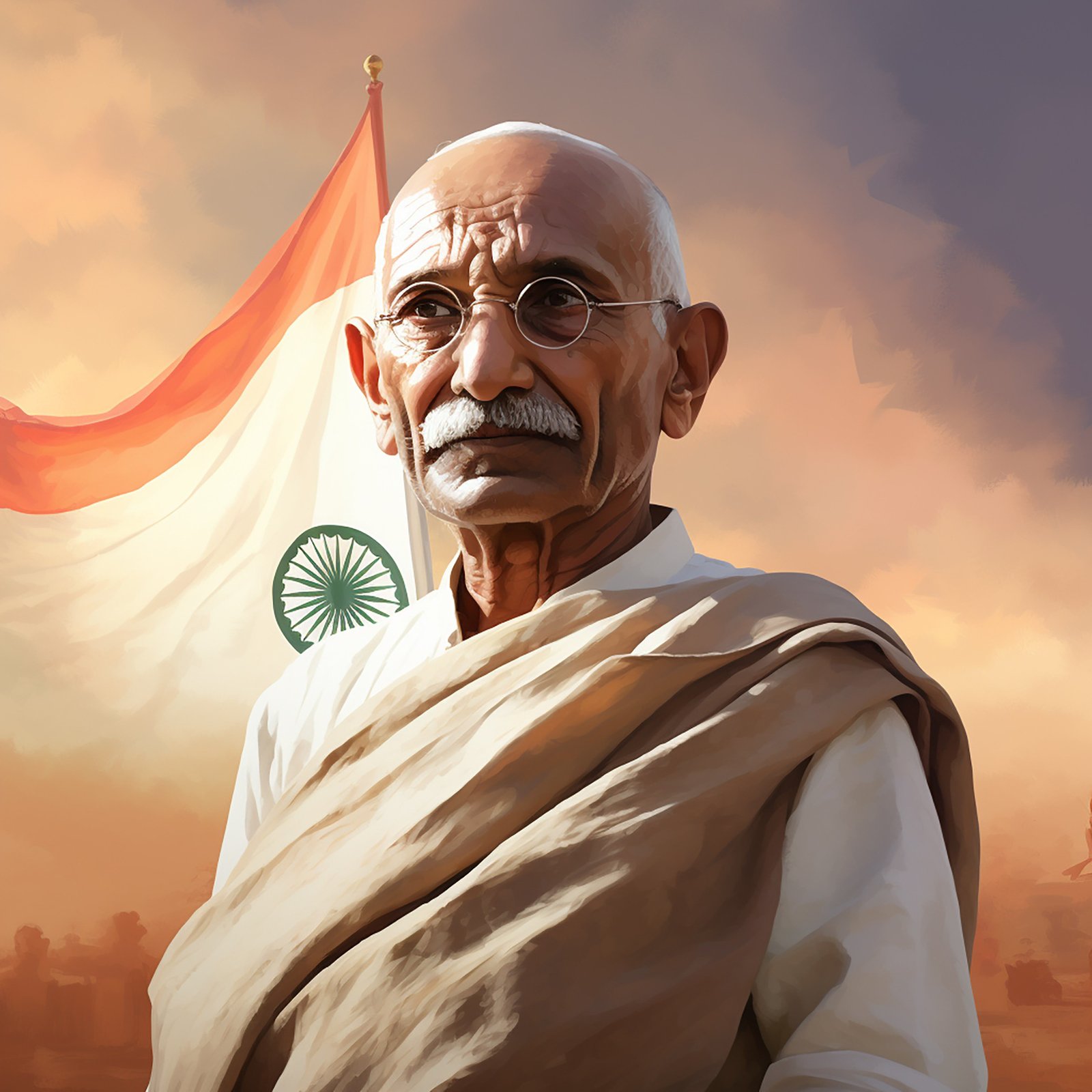How Did Mahatma Gandhi Overcome Challenges

Mahatma Gandhi, revered as the “Father of India,” stands as an icon of nonviolent resistance and social justice. His unwavering dedication to truth (सत्याग्रह, Satyagraha) and non-violent resistance (अहिंसा, Ahimsa) converted the Indian independence movement and continues to inspire activists globally. Yet, Gandhi’s route changed into a fraught with demanding situations. He confronted a formidable British Empire and a deeply entrenched social hierarchy in India. How Did Mahatma Gandhi Overcome Challenges so apparently insurmountable?
Confronting Colonial Rule: Overcoming Challenges with Non-Violent Resistance
British rule in India turned into oppressive, marked by economic exploitation and political repression. Gandhi identified the significant power disparity between colonized Indians and the British Raj. Overcoming challenges of such value demanded a revolutionary technique and an innovative approach.
Gandhi’s weapon of choice? Non-violent resistance. His philosophy of Satyagraha recommended defying unjust laws through non-violent ways like civil disobedience, moves, and boycotts. By consistently and peacefully highlighting the ethical injustice of British rule, Gandhi aimed to compel the oppressor to concede.
The Salt March of 1930 is a prime instance of Satyagraha in action. Leading thousands of Indians on a march to the sea, Gandhi symbolically made his very own salt, defying the British salt tax that burdened the poorest residents. This nonviolent protest garnered international attention and exposed the unfairness of colonial rule.
Championing Equality: Overcoming Challenges Beyond Colonialism
While India fought for independence, it additionally grappled with a rigid caste system that segregated society and denied basic rights to millions. For Gandhi, real liberation meant dismantling this social hierarchy as well properly.
Gandhi challenged the caste system head-on. He championed the cause of the untouchables (Dalits), the most marginalized organization, integrating them into his movement and highlighting their plight. His imaginative power and prescience were one of equality for all, regardless of caste.
A Legacy of Non-Violent Change: Lessons Learned from Gandhi’s Challenges
Mahatma Gandhi’s lifestyle and sacrifices offer treasured lessons for our personal times. His unwavering notion of non-violent resistance, his commitment to reality and justice, and his strategic leadership function as a powerful supply of inspiration.
The Power of Peaceful Protest: Gandhi validated that non-violent protest and civil disobedience may be amazing tools for social change.
The Importance of Conviction: Gandhi’s unwavering belief in his motive fueled his braveness and resilience in the face of sizeable adversity.
Strategic Action for Impact: Gandhi’s meticulous planning and resolution ensured the effectiveness of his campaigns.
Conclusion: Embracing the Legacy – Overcoming Challenges with Peace
Mahatma Gandhi’s tale is not merely a saga of demanding situations. It’s a testament to the transformative strength of non-violent resistance and unwavering dedication to justice. He reminds us that progress is possible, even in the face of reputedly insurmountable odds. Gandhi’s legacy is a call to action for each of us to advise for what is right, project injustice, and attempt for a greater non-violent, and equitable world. By embracing the concepts of non-violence, reality, and strategic action, we will all endeavor to overcome challenges and create a higher destiny.





